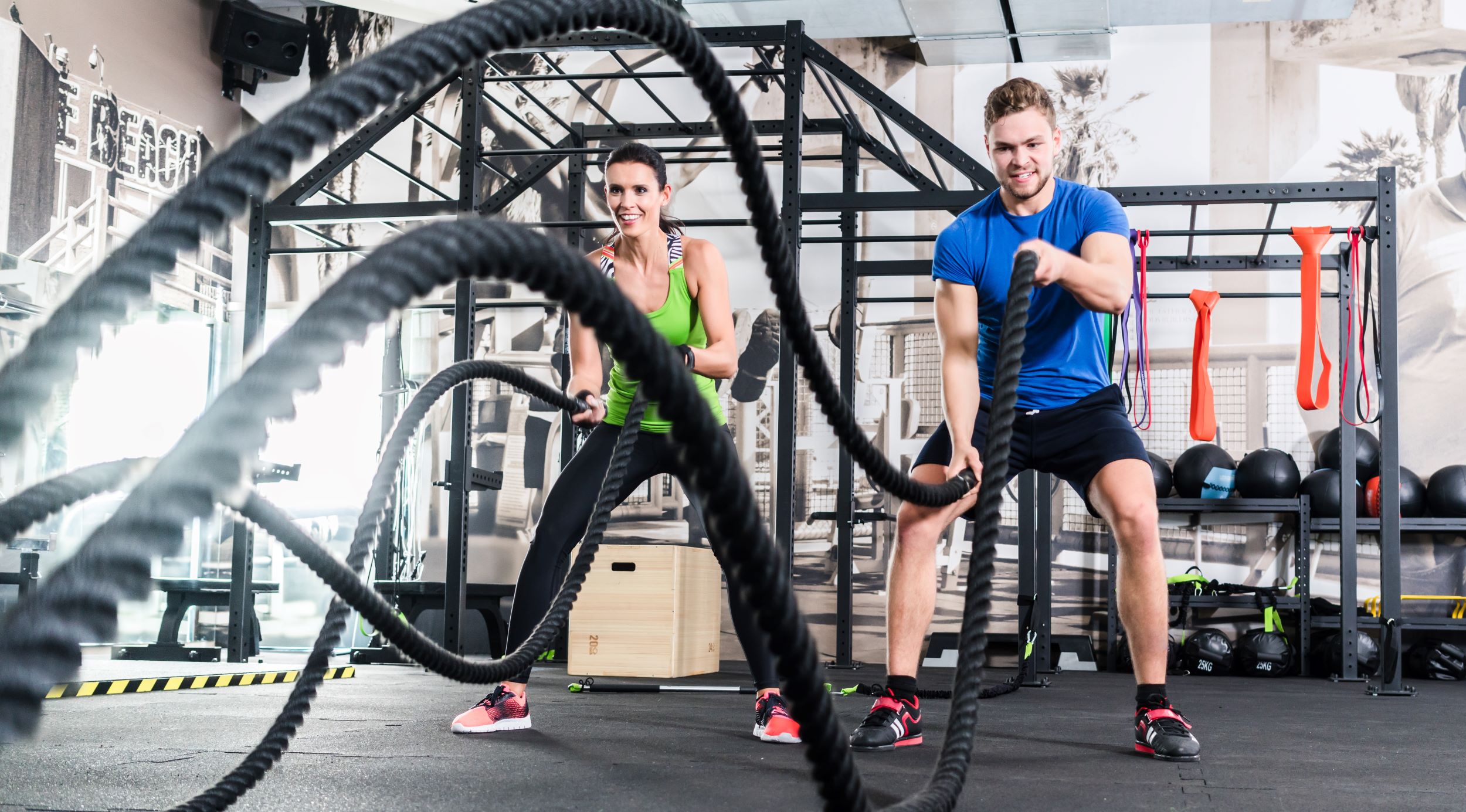In the quest for improved fitness and performance, many runners often overlook the significance of cross-training. Engaging in diverse forms of exercise not only enhances overall strength but also contributes to injury prevention and better running efficiency. Understanding the importance of cross-training is essential for any serious runner looking to elevate their game.
Cross-training involves incorporating different types of workouts into your routine, which can help in several ways:
- Enhanced Strength: Activities like weightlifting, cycling, and swimming strengthen muscle groups that running may not effectively target.
- Reduced Injury Risk: By varying your workouts, you can alleviate the repetitive stress on your joints and muscles, minimizing the chance of injuries.
- Improved Endurance: Cardio exercises such as rowing or elliptical training can boost your cardiovascular fitness without the impact of running.
- Mental Refreshment: Switching up your routine can help combat boredom, keeping your motivation high and making your fitness journey more enjoyable.
Incorporating cross-training into your regimen allows you to build a well-rounded fitness foundation, ultimately leading to improved running performance. Whether you’re aiming for a personal best or simply want to enjoy your runs more, understanding the benefits of cross-training is the first step.
Visit our website to learn more and get started today! Click here.
Strength Training Exercises to Boost Running

Integrating strength training exercises into your routine can significantly enhance your running performance. By focusing on building strength in key muscle groups, you can improve your speed, endurance, and overall efficiency on the track or trail. Here are several effective strength training exercises specifically designed to boost your running:
- Squats: This foundational exercise targets your quads, hamstrings, and glutes. Strong leg muscles contribute to better running power and speed.
- Lunges: Both forward and reverse lunges work on balance and stability, essential for maintaining form during runs. They engage your glutes and thighs, promoting strength and flexibility.
- Deadlifts: A great compound exercise that strengthens your lower back, hamstrings, and glutes, deadlifts help improve posture, which is crucial for efficient running.
- Planks: Core stability is vital for runners. Planks strengthen your abdominal muscles, lower back, and shoulders, ensuring you maintain proper form while running.
- Leg Press: Using a leg press machine can help build leg strength safely and effectively, allowing you to increase your running power without excessive strain.
Incorporating these strength training exercises into your weekly workout routine, ideally two to three times a week, can lead to noticeable improvements in your running capabilities. These exercises not only enhance physical strength but also contribute to a more resilient body capable of handling the rigors of running.
Flexibility and Mobility Workouts for Runners

Flexibility and mobility are essential components of any runner’s training regimen. Engaging in regular flexibility and mobility workouts can help prevent injuries, improve form, and enhance overall performance. Here are some effective practices to incorporate into your routine:
- Dynamic Stretching: Before your run, perform dynamic stretches such as leg swings, walking lunges, and arm circles. These movements increase blood flow to the muscles and prepare them for the workout ahead.
- Static Stretching: After your run, incorporate static stretches like hamstring stretches, quadriceps stretches, and calf stretches. Holding each stretch for 15-30 seconds can improve flexibility and promote muscle recovery.
- Foam Rolling: Utilizing a foam roller helps release muscle tightness and improve range of motion. Focus on key areas such as your calves, thighs, and lower back to alleviate soreness and enhance mobility.
- Yoga: Incorporating yoga into your routine can significantly improve flexibility, balance, and mental focus. Poses like downward dog, pigeon pose, and warrior stretches are particularly beneficial for runners.
- Hip Openers: Exercises such as the butterfly stretch and lunging hip flexor stretch target the hip area, which is crucial for maintaining proper running form and preventing injuries.
By dedicating time to flexibility and mobility workouts, you can enhance your running performance and enjoy a more comfortable running experience. Remember, a well-rounded approach to your training will yield the best results.
Cardio Alternatives to Enhance Endurance
.jpg)
To boost your endurance and overall cardiovascular fitness, incorporating cardio alternatives into your routine can be highly beneficial. These workouts not only help break the monotony of running but also engage different muscle groups, enhancing your stamina. Here are some effective cardio alternatives to consider:
- Cycling: Whether on a stationary bike or hitting the trails, cycling is an excellent low-impact exercise that builds leg strength and endurance. Aim for longer rides at a steady pace or incorporate interval training for added intensity.
- Swimming: As a full-body workout, swimming is perfect for improving cardiovascular endurance without stressing the joints. Vary your strokes and distances to keep your sessions challenging and engaging.
- Rowing: This total-body workout not only targets your arms and back but also provides a great cardiovascular challenge. Rowing at a moderate pace for extended periods can significantly enhance your aerobic capacity.
- Jump Rope: A simple yet effective way to elevate your heart rate, jumping rope improves coordination and agility while providing a solid cardio workout. Incorporate intervals of varying speeds to maximize endurance benefits.
- HIIT (High-Intensity Interval Training): Short bursts of high-intensity exercise followed by recovery periods can increase your cardiovascular fitness rapidly. HIIT can be tailored with various exercises like burpees, mountain climbers, and bodyweight squats.
Integrating these cardio alternatives into your fitness routine can lead to notable improvements in endurance, making you a more resilient runner. Experiment with different activities to find what you enjoy most and keep your motivation high!
Incorporating Yoga for Recovery and Balance
In the journey of fitness, especially for runners, the significance of recovery cannot be overstated. Incorporating yoga into your routine offers a plethora of benefits that go beyond mere stretching. It facilitates recovery, enhances balance, and promotes overall well-being. Here’s how yoga can complement your running regimen:
- Improved Flexibility: Regular yoga practice stretches and lengthens muscles, helping to alleviate tightness and reduce the risk of injuries. This increased flexibility can result in a more fluid running form.
- Enhanced Balance: Many yoga poses focus on balance, which can improve your proprioception and stability while running. This is particularly beneficial for trail runners who navigate uneven terrain.
- Stress Reduction: Yoga incorporates breath control and mindfulness, which can help lower stress levels. Reducing psychological stress contributes to better performance and recovery post-runs.
- Core Strength: A strong core is crucial for maintaining good posture and form during runs. Many yoga poses engage and strengthen the core muscles, leading to improved running efficiency.
- Recovery and Restorative Benefits: Incorporating restorative yoga sessions into your routine can aid recovery by promoting blood circulation and allowing muscles to relax, thus speeding up the healing process.
Engaging in yoga several times a week can significantly enhance your running performance while providing the necessary recovery and balance your body craves. Explore various styles of yoga, such as Hatha or Yin, to find what suits your needs best!
Creating a Balanced Workout Routine for Runners

Building a well-rounded fitness routine is essential for runners seeking to enhance their performance and overall health. A balanced workout routine not only focuses on running but also incorporates various forms of exercise to ensure all aspects of fitness are addressed. Here’s how to create a comprehensive plan:
- Strength Training: Aim for two to three strength training sessions per week. Focus on exercises that target major muscle groups, particularly the legs, core, and upper body. This can include squats, lunges, and planks, which help to build power and endurance.
- Cross-Training: Incorporate activities such as cycling, swimming, or rowing. These low-impact exercises provide cardiovascular benefits without the strain of running, helping to reduce injury risk while improving aerobic capacity.
- Flexibility and Mobility Work: Include stretching and mobility exercises, such as yoga or dynamic stretching, to enhance flexibility and prevent injuries. This should be a part of your warm-up and cool-down routine.
- Rest Days: Don’t underestimate the power of rest. Schedule at least one or two rest days each week to allow your body to recover and rebuild stronger.
- Variety in Running: Mix up your running workouts with long runs, tempo runs, and interval training. This variety not only keeps your routine interesting but also challenges your body in different ways.
By integrating these elements into your training schedule, you can create a holistic approach to fitness that supports your running goals. Visit our website to learn more and get started today! Click here.


